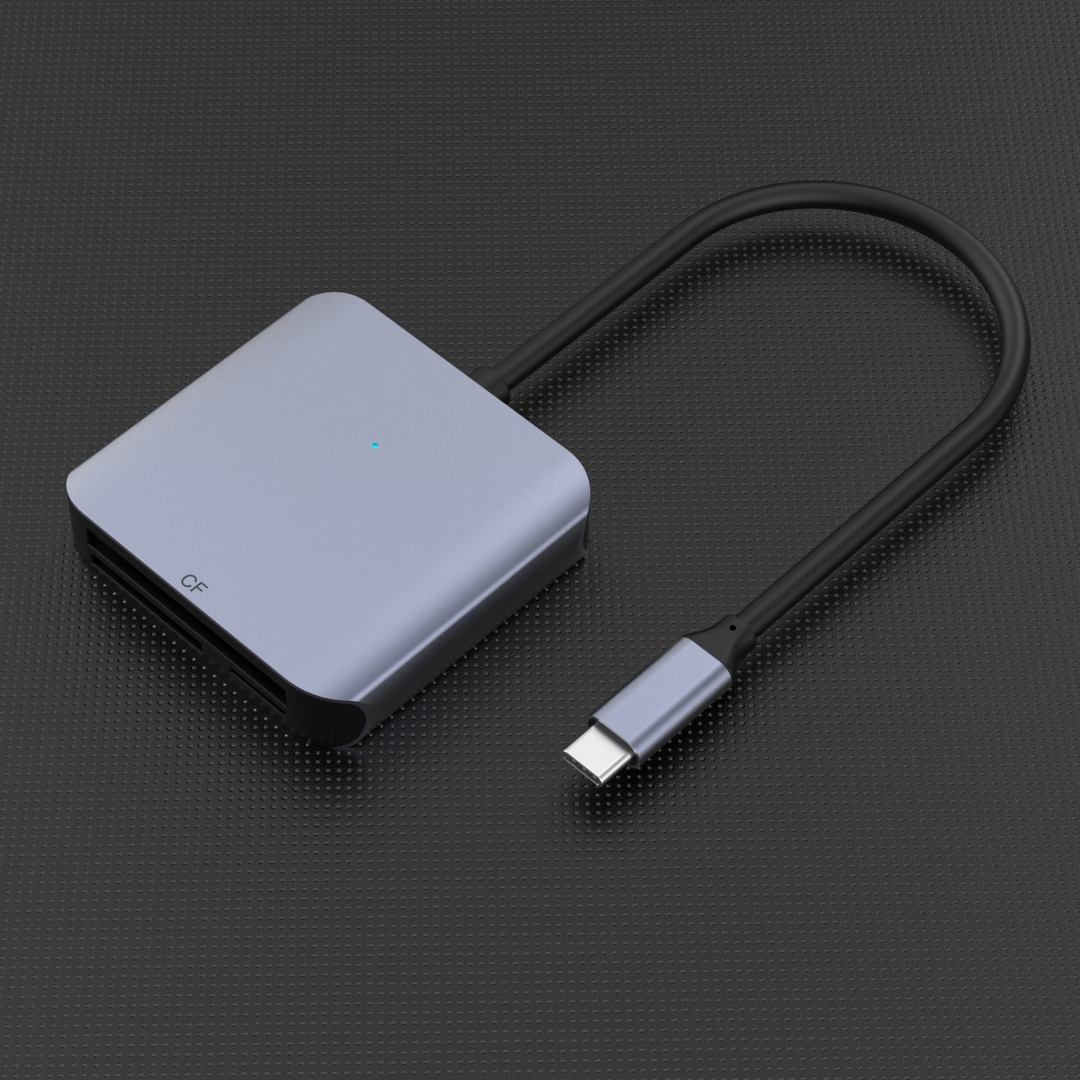The Importance of Compatibility between USB Hubs and Common Peripherals

In today's digital world, the use of USB hubs has become increasingly common, allowing users to expand the number of available USB ports on their devices. However, it is crucial to understand the compatibility between USB hubs and common peripherals to ensure seamless functionality and avoid any potential issues. This article aims to provide a detailed and comprehensive analysis of the compatibility between USB hubs and common peripherals.
1. Compatibility Factors
When considering the compatibility between USB hubs and common peripherals, several factors come into play. These include:
- USB Version: USB hubs come in different versions such as USB 2.0, USB 3.0, and USB 3.1. It is essential to check the USB version of both the hub and the peripherals to ensure they are compatible.
- Power Requirements: Certain peripherals, such as external hard drives or high-powered devices, may require more power than what a USB hub can provide. It is important to ensure that the hub can supply sufficient power to all connected devices.
- Driver Support: Some peripherals may require specific drivers to function correctly. Check if the USB hub is compatible with the required drivers for your peripherals.
- Physical Connection: Consider the physical connectors and cables required for connecting peripherals to the USB hub. It is crucial to ensure the correct connector type and cable length for hassle-free usage.
2. Testing and Compatibility Verification
Before using a USB hub with common peripherals, it is advisable to conduct compatibility testing and verification. Here are some steps to follow:
- Check the USB hub manufacturer's specifications and compatibility list to verify if your specific peripherals are listed as compatible.
- Connect each peripheral to the USB hub individually and test their functionality. Ensure that all features and functions of the peripherals work as intended.
- Connect multiple peripherals simultaneously to the USB hub and test their compatibility and performance. Monitor any potential issues such as data transfer rates, connection stability, or power limitations.
3. Troubleshooting Compatibility Issues
Despite taking precautionary measures, compatibility issues may arise between USB hubs and common peripherals. Here are a few troubleshooting steps:
- Update USB hub firmware: Check if there are any firmware updates available for your USB hub to ensure optimal compatibility with the connected peripherals.
- Check for driver updates: Verify that all necessary drivers for the peripherals are up to date. Visit the manufacturers' websites for the most recent driver versions.
- Check power requirements: If you encounter power-related issues, consider connecting high-powered peripherals directly to the device instead of the USB hub.
- Try a different USB port: If a specific port on the USB hub is causing compatibility problems, try connecting the problematic peripheral to a different port.
Conclusion
Ensuring compatibility between USB hubs and common peripherals is crucial for a seamless and efficient user experience. By considering factors such as USB version, power requirements, driver support, and physical connections, users can avoid compatibility issues. Conducting compatibility testing and troubleshooting when necessary further enhances the performance of USB hubs and their connected peripherals, making the overall user experience more reliable and convenient.



